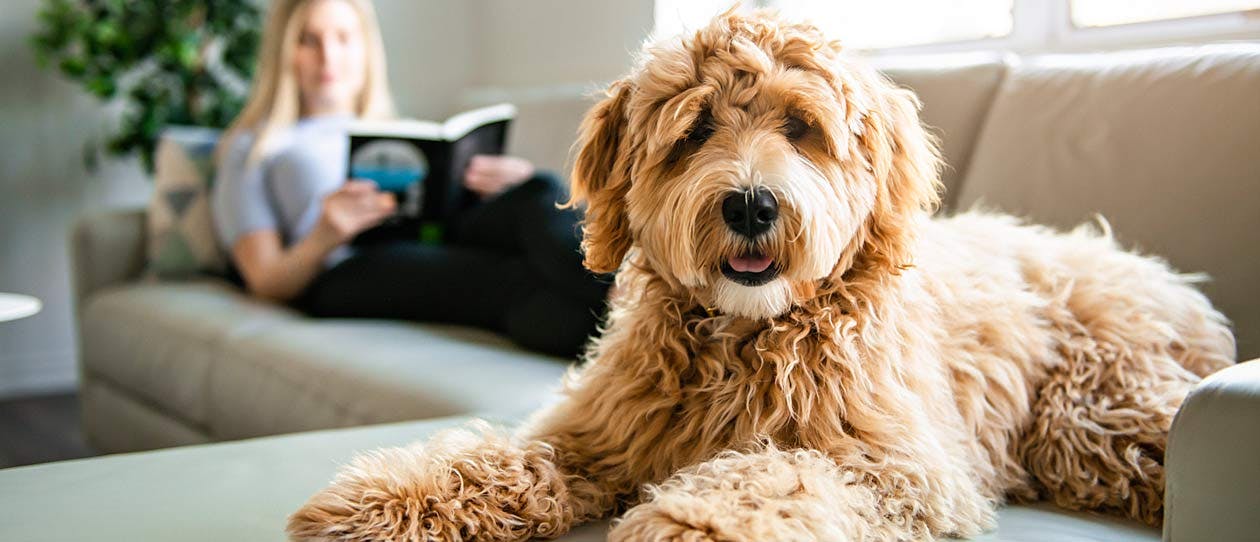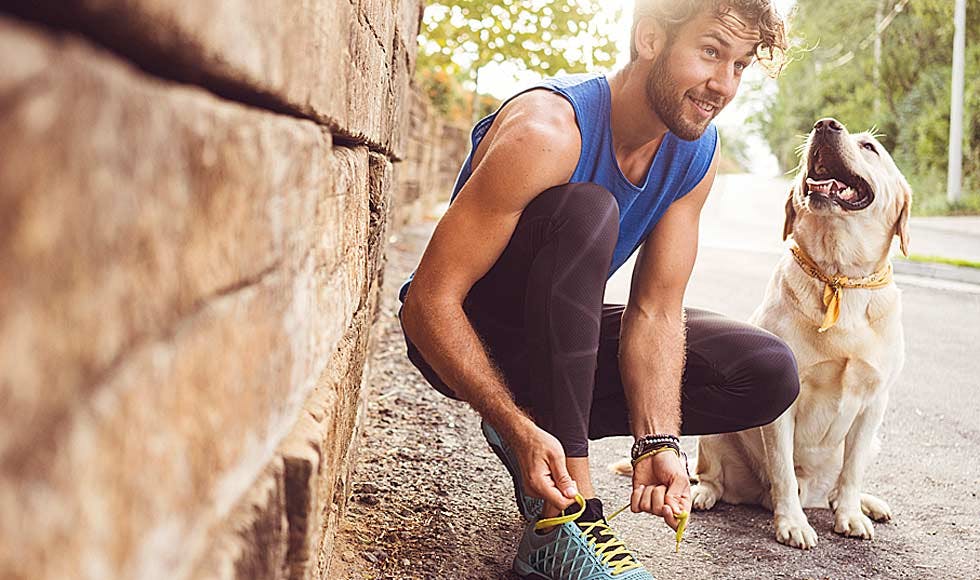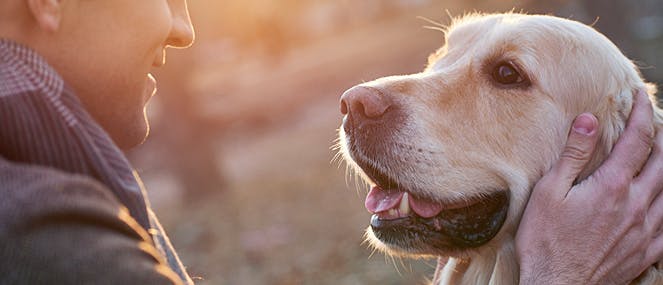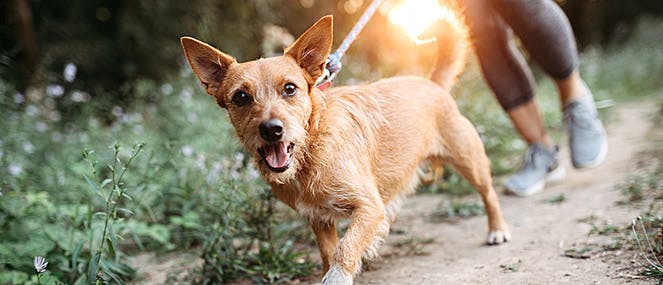
- A Guide To Perfect Your Pet's Health/
- Joint & Arthritis Management For Your Pet/
- Common Hip and Joint Problems In Dogs


Seeing your pooch struggling to move freely and knowing they’re in pain is not only worrying ¬– trying to work out what’s causing it can be really confusing. There’s no question that there’s zero substitute for booking an appointment with your vet if you’re concerned, but getting to know a little bit more about a few different hip and joint problems in dogs can certainly help.
Osteochondritis dissecans (OCD)
OCD in dogs occurs when cartilage, which is the tough tissue that cushions the joints , develops abnormally and then separates from the underlying bone, causing a limp in the leg that’s affected .
While the exact cause of OCD isn’t known, the most common place it occurs is in a dog’s shoulder joint, although it can also affect the elbow, hip and knee. Treatment ranges from strict rest to surgery , depending on the severity of the cartilage separation.
Arthritis
Arthritis is one of the most common joint problems for dogs, affecting four out of five of them over the age of eight . A disease that involves both inflammation and cartilage loss , it’s caused by a range of factors including injury, abnormal joint development and genetics .“There are some obvious signs of arthritis to look out for,” says veterinarian Trish Santos-Smith, “including if your dog is stiff and slow to stand up after lying down, or is unable to do the active things they used to do easily.”
Thankfully there are a few different supplements you can use to support your dog’s joint health. “These won’t stop your dog from developing arthritis but they can help to delay its onset or progression, as well as helping to manage any arthritic pain they may already be experiencing.”
Panosteitis
Panosteitis in dogs is sometimes called ‘growing pains’ because it affects young, rapidly growing dogs and resolves by itself, usually by the time dogs reach two years old. The underlying cause isn’t known, but larger breeds tend to be more prone to the problem. The most common symptom is sudden, unexplained and painful lameness in one or more of your dog’s legs, which tends to come and go and can even shift from leg to leg. Treatment involves restricting exercise and using medications to manage the pain .Hip dysplasia
Hip dysplasia is an abnormal development of the hip joint, where the ball and socket that make up the joint don’t fit together properly. Instead of sliding smoothly, in dogs with hip dysplasia the ball and socket rub and grind against each other . “This can cause significant pain on its own, but eventually it also leads to the development of arthritis in the hip,” says Santos-Smith.A combination of genetics and lifestyle factors play a role in hip dysplasia and while symptoms depend on how severe it is, common signs include stiffness, a swaying ‘bunny hop’ walk, decreased range of motion and difficulty jumping, running or climbing stairs. Dogs with hip dysplasia also tend to develop overly large shoulder muscles because they wind up compensating for the back legs .
Treatments for hip dysplasia range from lifestyle modifications such as losing weight to using anti-inflammatory medications, surgery and even total hip replacements . “Looking after the joint by taking a supplement to protect and nourish the cartilage can also help.”
Legg-Calve-Perthes disease
This is another condition that affects the hip. While the exact cause remains unknown, the result is that the hip joint’s ‘ball’ starts to break down, eventually leading to arthritis and causing the hip to collapse.A dog with Legg-Calve-Perthes disease will begin to limp on the affected leg, a situation which becomes gradually worse until they refuse to place any weight on the leg. Unlike hip dysplasia – which usually affects both hips – this condition typically only affects one. Treatment options are similar to those used to look after dogs with hip dysplasia .




